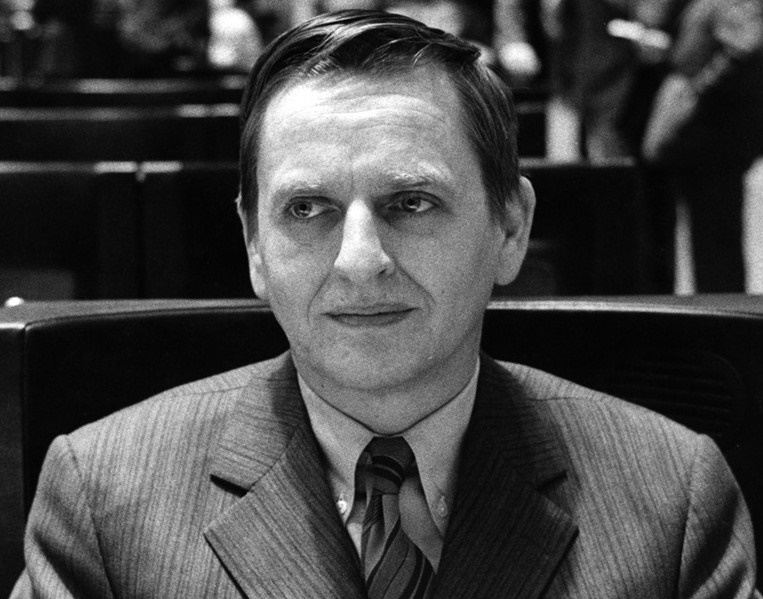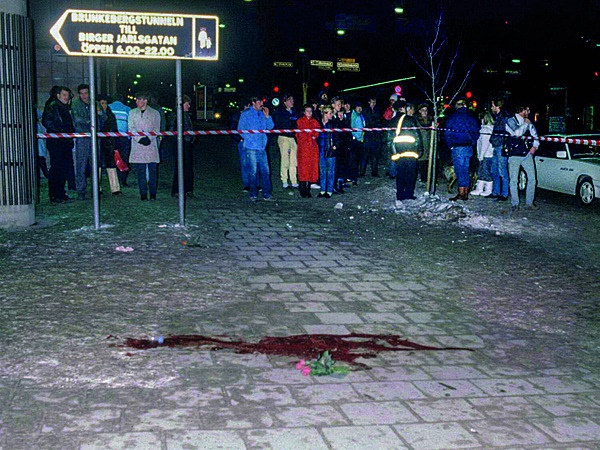


Former prime minister Olof Palme.
- Swedish authorities have cleared the South African apartheid regime of any links to the 1986 assassination of prime minister Olof Palme.
- The prosecuting authority said on Tuesday it believed Stig Engström killed Palme over his left-wing values.
- Investigators in the matter tested the bullets used to kill Palme against 788 weapons but still haven’t been able to find the murder weapon.
Swedish authorities say there is not enough evidence linking South Africa’s apartheid security forces to the 1986 assassination of its prime minister Olof Palme.
Swedish chief prosecutor Krister Petersson and Swedish police lead investigator Hand Melander, held a media briefing on Wednesday announcing the closure of the 34-year-old investigation.
They revealed graphic designer Stig Engström was the man believed to be behind the assassination of the prime minister, but were unable to pursue prosecution as Engström is dead.
Petersson described this as the country’s largest investigation, which saw the investigation team interviewing 10 000 people and had 1 034 others confessing to the crime.



Bystanders at the murder scene of Olof Palme.
He said numerous leads were followed including that the Kurdish militant group the PKK, the police and South Africa’s security forces were involved.
“The problem is that you cannot get any specific information discussed extensively. There are a number of people who contacted us providing interesting views with respect to this lead on South Africa but unfortunately there is not enough specific information to do something about this lead,” said Petersson.
He added that he found some of the leads involving South Africa “personally interesting, due to the specific motives linked to this claim”.
OR Tambo
For several years, it was believed South Africa held the answers to Palme’s assassination, with “deep-search” documents allegedly describing Palme as an “enemy of the state” by the apartheid regime, along with a list of names of people believed to have been involved in the decision, planning and implementation of his assassination.
There has also been a back and forth over the documents, with some claiming they were forgeries and others, including retired general Chris Thirion, who used to head up the country’s military intelligence saying he believed the documents looked genuine and that he was convinced the country carried out the assassination.
ALSO READ | Sudan PM unharmed in assassination attempt: top aide
Palme’s murder took place a week after he met with the ANC’s long-serving president O.R Tambo in Stockholm.
The leader of the Social Democratic Party had also voiced his opposition to the Vietnam war and apartheid South Africa.
Engström, who came to be known as the Skandia man, worked for the Skandia financial services company, which was based closed to the scene of the crime.
He had spoken to security at the company shortly before the incident, returning briefly afterwards to tell them of the assassination.

